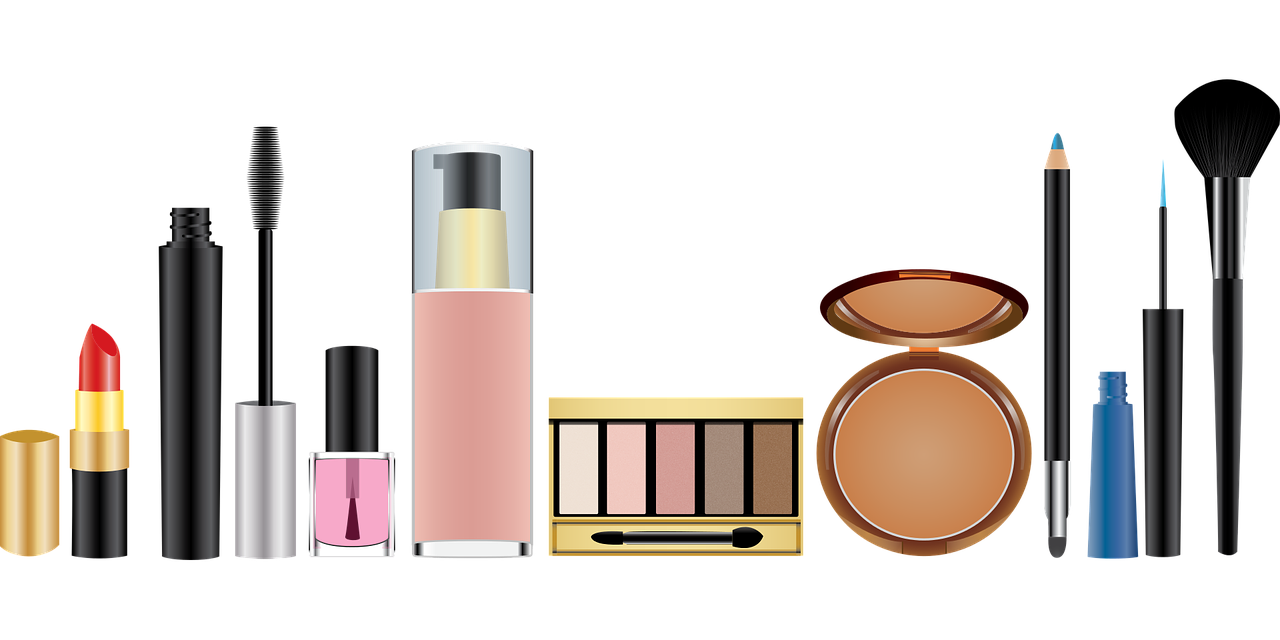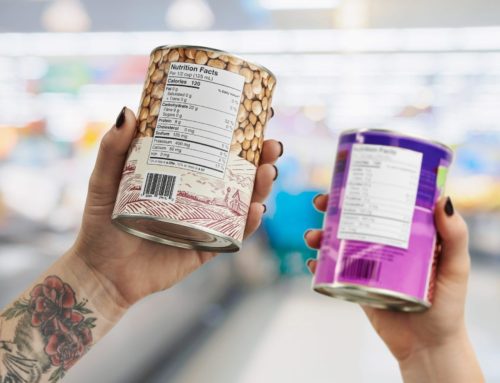If you are looking to have labelling and packaging created for a cosmetic product to be launched in Canada, there are some important things you must be aware of.
INCI ingredient labelling
First and foremost, the Canadian Cosmetic Regulations require use of the International Nomenclature of Cosmetic Ingredients (INCI) system of ingredient labelling. The bottom line? Whenever you have a cosmetic product packaging to translate, you should first make sure that every ingredient listed complies with the Canadian regulations requirements.
The INCI system was established in the early 1970s by the Personal Care Products Council to provide consistent ingredient labelling for cosmetic and personal care products. The list is maintained by the Personal Care Products Council and has more than 16,000 ingredients. INCI names are used in the United States, the European Union, China, Japan, and many other countries. With few exceptions, the INCI labeling names in all countries are the same.
How do I access the list?
For the official, complete list of INCI names, you will require a subscription to the International Cosmetic Ingredient (ICI) Dictionary & Handbook. However, there is a similar database available for free on the European Union’s website. The EU database is not completely identical to the official ICI Dictionary, but it can still be useful to check certain ingredients.
What language is required on packaging?
A translated package for a cosmetic product may have a mix of Latin, English and French. The reason is that while INCI names are mostly based on Latin” (hence the use of words like “aqua”, “parfum”, etc.), INCI names are managed by a U.S.-based organization, so English is dominant.
There are some exceptions, however. For example, ingredients with “EU trivial name” (i.e. , mentioned in the Schedule to the Regulations) must be listed either:
- in Latin (e.g., “aqua”); or
- in both English and French (e.g., “water/eau”); or
- in all three languages (“aqua/water/eau”)
Ingredients having neither an INCI name nor a so-called “trivial name” must be listed by their “chemical name from a recognized source”.
Colourings
Colourings can pose an additional challenge. Sometimes, different INCI names can refer to the same ingredient. For instance, in INCI terminology, the colouring “Acid Blue 9” under Colour Index™ Generic Name (CIGN), while the same ingredient is called “CI 42090” when referring to the Colour Index™ Constitution Number (CICN), and it can also be called “Blue 1” with regards to the United States’ FD&C number… notwithstanding many non-INCI names, including “Blue 4” and “Brilliant Blue FCF” – all for the very same ingredient!
In such cases, the Canadian Guide to Cosmetic Ingredient Labelling, states that “it must be clear if both are listed that they are the same ingredient and not separate ingredients. For example: CI 42090 (Blue 1)”. And of course, whatever the colour name, you should first make sure it is indeed an INCI one.
Other Tips and Tricks
- In keeping with the principles of Canadian English-French bilingualism, one can translate the INCI-based list as a totally separate French list if desired. But it is not mandatory. In fact, there is even a regulated exception to the Quebec’s Charter of French Language which statesthat the “list of the ingredients of a cosmetic may be written according to the conditions prescribed by the [Canadian] Cosmetic Regulations (C.R.C., c. 869)”.
- Some products that have a dual purpose can fall under more than one piece of legislation simultaneously. For example, a chewing gum that claims to whiten the teeth would be considered a food under the Food and Drugs Act, but it must also adhere to the requirements of the Cosmetic Regulations because it makes cosmetic claims to whiten teeth. Because of this, they have been exempted from the provision to list the ingredients using the INCI system.
- Therefore, the requirements to list the ingredients under the Cosmetic Regulations do not apply to any product whose ingredient labelling is regulated under the Food and Drug Regulations or the Natural Health Product Regulations.”
Are you thoroughly confused yet? Don’t worry. We have experienced translators on our team with extensive experience working on cosmetic packaging for top tier brands such as KAO (which represents Jergens, Biore and John Frieda). Contact us for assistance as you embark on your bilingual packaging efforts.




